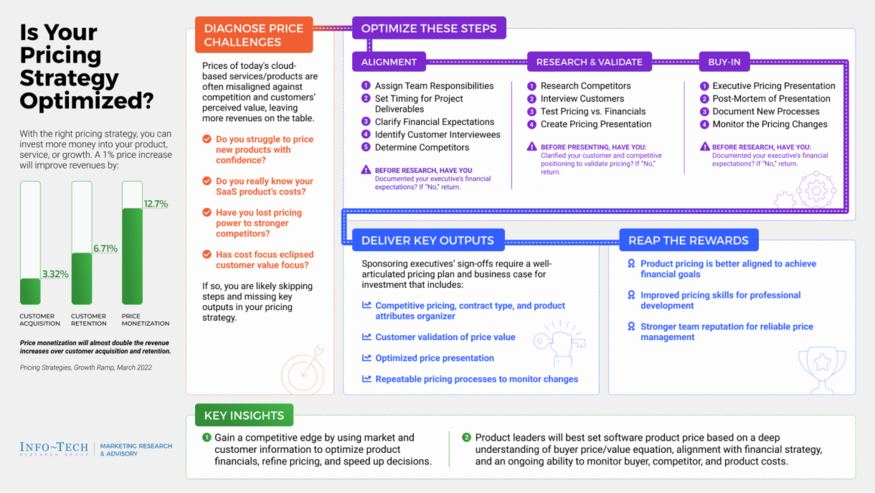Optimizing Competitive Returns
In today’s increasingly competitive market, businesses need to create effective strategies for optimizing their returns on investments (ROI). A staggering 70% of businesses report that they struggle to achieve their desired returns, leading to wasted resources and missed opportunities. This article will address the challenges you face as a business owner or marketer in achieving optimal returns and provide actionable insights to overcome these hurdles.
Throughout this guide, you will learn:
- The importance of analyzing competition and understanding market trends.
- Strategies to enhance product positioning and customer engagement.
- How to leverage data analytics to drive performance.
- Technological innovations that can streamline operations.
To provide a comprehensive overview, this article is structured into several key sections, each focusing on various strategies and best practices. Let’s dive into the importance of competitive analysis.
Understanding the Importance of Competitive Analysis
Competitive analysis is essential for identifying your business’s strengths, weaknesses, opportunities, and threats (SWOT). It helps clarify where your business stands in relation to its competitors, which is crucial for decision-making and strategic planning.
Identifying Competitors
The first step in competitive analysis is identifying your direct and indirect competitors. Understanding their offerings, market share, and customer base can provide insightful data that will influence your strategic approach.
Analyzing Competitors’ Strengths and Weaknesses
Every competitor has their own unique strengths and weaknesses. By evaluating what they do well and where they fall short, you can tailor your strategies to fill those gaps and capture market share.
Monitoring Market Trends
Staying updated on market trends is vital. Understanding emerging trends can help you predict future movements and adjust your strategies accordingly.
Enhancing Product Positioning
Product positioning is key to how customers perceive your brand compared to competitors. An effective product positioning strategy ensures your offerings stand out in the market.
Define Your Unique Selling Proposition (USP)
Your USP is what differentiates your product from the competition. Clearly defining your USP enables you to effectively communicate value to your target audience.
Creating Targeted Marketing Campaigns
Once your USP is established, develop marketing campaigns that resonate with your target demographic. Personalized and targeted campaigns yield significantly higher conversion rates.
Utilizing Feedback and Reviews
Customer feedback is invaluable. Actively seek reviews and utilize them to improve your products and services while promoting customer satisfaction.
Leveraging Data Analytics
Data-driven decision-making is essential for understanding your company’s performance and optimizing returns. By harnessing the power of data analytics, businesses can achieve insights that lead to more informed strategies.
Implementation of Analytics Tools
Utilize analytics tools to gather data on customer behavior, preferences, and market trends. These insights can guide your strategic decisions and improve customer experiences.
Monitoring Key Performance Indicators (KPIs)
Establish KPIs tailored to your business goals. Regularly monitor these indicators to gauge performance and make necessary adjustments along the way.
Conducting A/B Testing
A/B testing allows businesses to experiment with different versions of their marketing materials or product listings, highlighting which approach delivers better returns. This method is essential for continuous improvement.
Technological Innovations for Streamlining Operations
Incorporating modern technology can significantly enhance operational efficiency. From automation to advanced CRM systems, technology can drastically improve your process.
Automating Routine Tasks
By automating repetitive and time-consuming tasks, you can free up resources to focus on strategic initiatives that drive ROI.
Utilizing Customer Relationship Management (CRM) Systems
A CRM system can help you manage relationships with customers more effectively, enhance communication, and ultimately improve satisfaction and loyalty.
Integrating E-commerce Solutions
For businesses selling products online, investing in e-commerce solutions can optimize the purchasing process for customers, leading to increased sales.
Case Studies: Successful Strategies for Competitive Returns
Several companies have successfully implemented the strategies discussed above to improve their competitive returns. Below are two case studies highlighting these successes:
Case Study 1: Brand X’s Competitive Analysis
Brand X conducted thorough competitive analysis and adapted its marketing strategies based on insights gained from competitors. As a result, they increased their market share by 15% within a year.
Case Study 2: Tech Company Y’s Data-Driven Decisions
Tech Company Y utilized data analytics to optimize their product offerings and customer engagement strategies, leading to a 30% increase in customer retention rates within a year.
Conclusion: Creating a Roadmap for Optimal Returns
Optimizing competitive returns requires a multifaceted approach that combines thorough competitive analysis, effective product positioning, data-driven decision-making, and technological advancements. By understanding your competition, you can adjust your strategies to capture market share and boost customer engagement.
Implement these practices to create a robust roadmap for optimal returns, ensuring your business thrives in today’s dynamic marketplace. From leveraging analytics to enhancing customer experiences, consistency and adaptability are key.

For further reading, check out our detailed articles on the impact of competitive analysis on business performance and best practices for leveraging data analytics.
